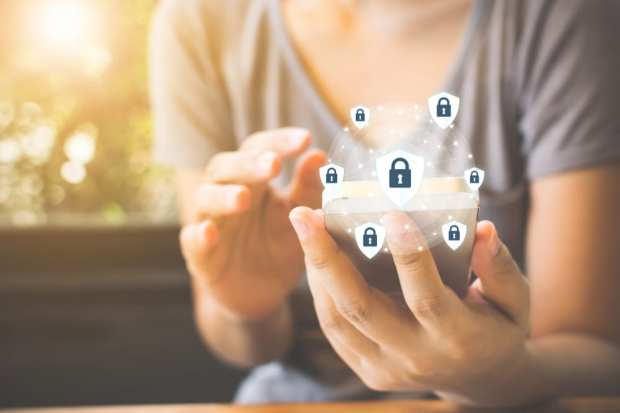Digital ID: Balancing Convenience And Safety

Consumers must prove themselves multiple times per day. When checking email, shopping online, paying bills or accessing medical records, users need backup to show they are who they say they are.
There’s a race among tech companies like Google, Amazon, Apple and others to keep innovating on identification and the consumer experience.That’s one reason the identity verification market is projected to reach $13 billion by 2025, according to the Digital Identity Tracker.
Despite controversies, the global biometrics market is forecast to grow even more in that same time frame, to $59 billion.
Even with more and more sophisticated verification solutions being developed, email addresses, usernames and other online signifiers are still some of the most common verification tools.
According to the Digital Identity Tracker, more than half (51 percent) of Americans use cell phone numbers as key parts of their personal identities. Consumers needlessly put themselves at risk with online IDs in ways that they wouldn’t with physical identification. Nearly half (45.2 percent) of consumers favor passwords for authentication, while just 20.5 percent prefer methods like two-factor authentication (2FA), which is more secure.
For many consumers, though, convenience trumps security. In PYMNTS’ Digital Identity Lifestyle Capsule, the most commonly requested personally identifiable information (PII) for three verticals — financial services, eCommerce and healthcare — were passwords. Using passwords also had the highest level of consumer satisfaction.
When consumers were asked why they liked using passwords, convenience, speed and ease of use were top factors.
Biometrics is also convenient and easy to use, but some consumers are still reluctant to participate in facial or fingerprint recognition as ID. And if biometrics is perceived as invasive, a recent U.S. Department of State announcement that it will require visa applicants to submit all social media usernames, email addresses, phone numbers and other digital identification information they have used over the past five years will surely give consumers pause.
Major players like Microsoft and Google are getting into the act. Last month, Google announced it was working on electronic IDs on Android devices, likely starting with Pixel devices.
The electronic ID would be part of a digital wallet and could be used to replace plane tickets, loyalty cards and credit cards. What it won’t be used for is an ID card. Google has been working to develop a mobile driving license (mDL) for some time, but digital driver’s licenses and travel documents are still a ways off.
Microsoft has been exploring blockchain for digital identity in a project its calling ION, a blockchain-based digital identity system developed in partnership with the Decentralized Identity Foundation. The goal is to provide consumers with more ownership over their digital identities rather than giving up control of their email addresses and more to identity providers.
The concept of “self-sovereign identity,” where everyone owns their identity and how they use it is gaining traction among both consumers and providers.
Tech providers and credit cards have teamed up to develop digital ID solutions, as well. Mastercard and Samsung have also been working on a solution for consumers to verify their digital identity on mobile devices.
It’s easy to get swept up in all of these digital innovations, but don’t count out tried-and-true methods like passwords quite yet.
Stephen Maloney, EVP at Acuant, in an interview with PYMNTS, said passwords can still be useful as an ID method but this is becoming less so in the corporate space where security is prized over reducing friction as with consumer-facing ID methods.
Consumers are growing accustomed to not having to log in every single time they use an Alexa device or ride-hailing app, but it all has to do with context. A user stands to lose far less if someone is able access their Uber account versus their checking account.
“You’re seeing the de-evolution of the password as alternative technologies come to bear and we are going to see different geographies adopt different use cases as needs and cultures vary,” Maloney said. “Right now we can see document authentication, facial liveness and voice coming up as big opportunities.”
